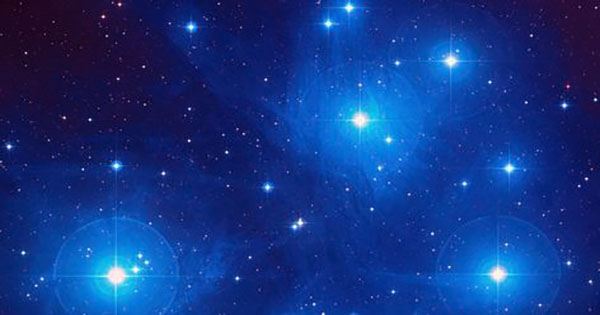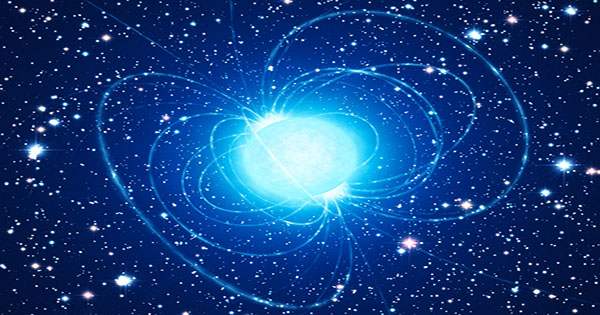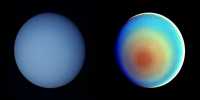When they are supernovae 10 to 25 times the mass of the Sun, they leave neutrons behind the star. These packed into a sphere with the smallest and densest stellar object, 20 kilometers (12.4 miles) in diameter and more than twice the mass of our Sun. Magnets are a special class of highly magnetic neutron stars – the very dense core of a star with the strongest magnetic field in the universe that has gone into supernovae. Pulsars are another class of neutron stars, known for making regular pulses a few times a second.

The Youngest and Fastest Magnetar Star Is Also a Pulsar
Last year astronomers discovered J1818.0-1607, the youngest known magnet. Completing the entire spin in less than 1.4 seconds, it spins the fastest. The latest observations correct the distance and suggest that this very special stellar object is more special. The findings published in the journal Astrophysical Letters. Of the 3,000 known neutron stars, there are 2,000 known pulsars, of which 31 classified as magnetic. Only five pulsars and both magnets; NASA’s lunar observations put J1818.0-1607 among these five.
When fast-rotating neutrons are formed, their spin becomes too much and slows down over time. As the speed of rotation decreases, some energy from this decrease converted to X-rays and these observed by the moon. The data show that this object is less efficient than other magnets at producing X-rays – its performance levels are similar to those seen from rotating pulsars.
Indications of the dual nature of this magnet also came from a group of astronomers. The radio emission from this star using a very large array (VLA) of the NSF’s Karl Jansky is similar to that seen from a rotating-driven pulsar. The new work has also started a bit of mystery. Neutron stars often seen surrounded by the debris of supernova explosions they create. The J1818.0-1607 expected to have ample supplies in the vicinity, but it was far from obvious.
The authors of this study used data from zero, the supernova of the Moon, VLA, and retired infrared telescope Spitzer. They found potential candidates for it, but it is far from magnetic, and even if the object is much older than it is supposed to be, the material must travel faster than any other supernova remnant associated with the neutron star. More observations will need to unravel this mystery. The object is located near the Milky Way, about 21,000 light-years from our planet.















